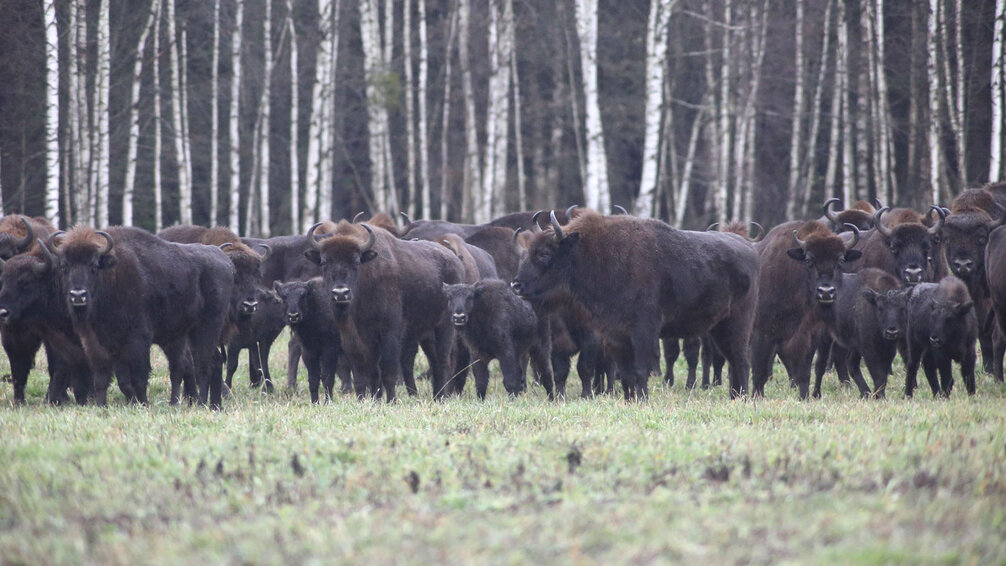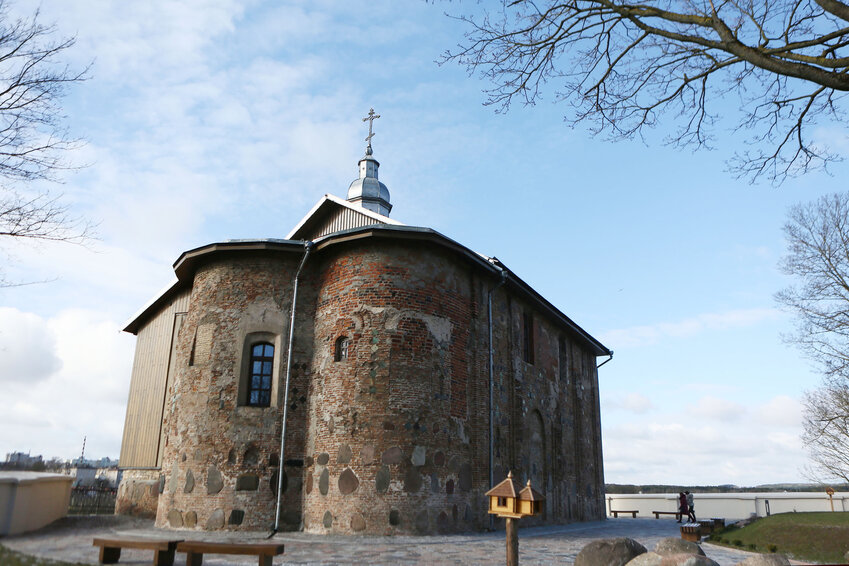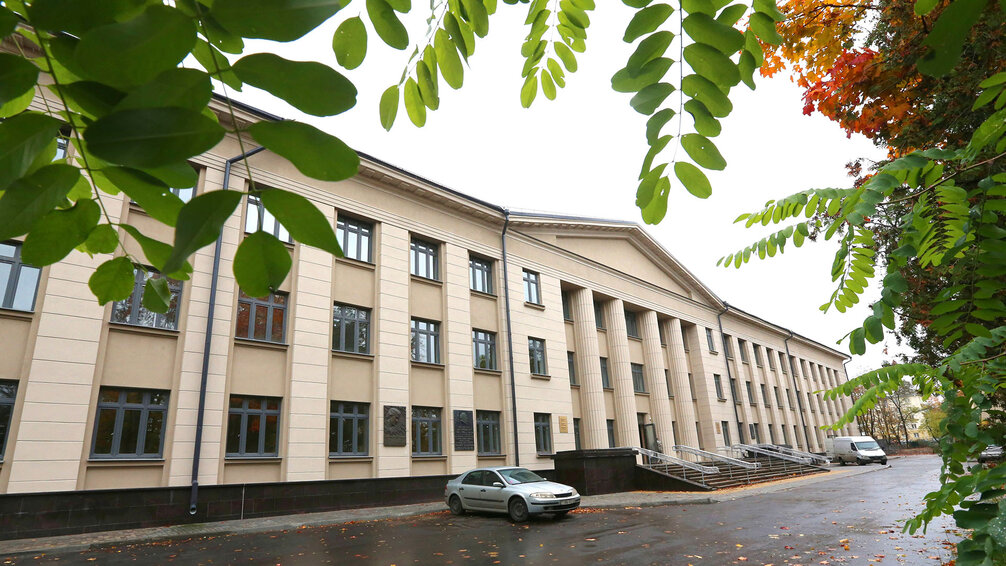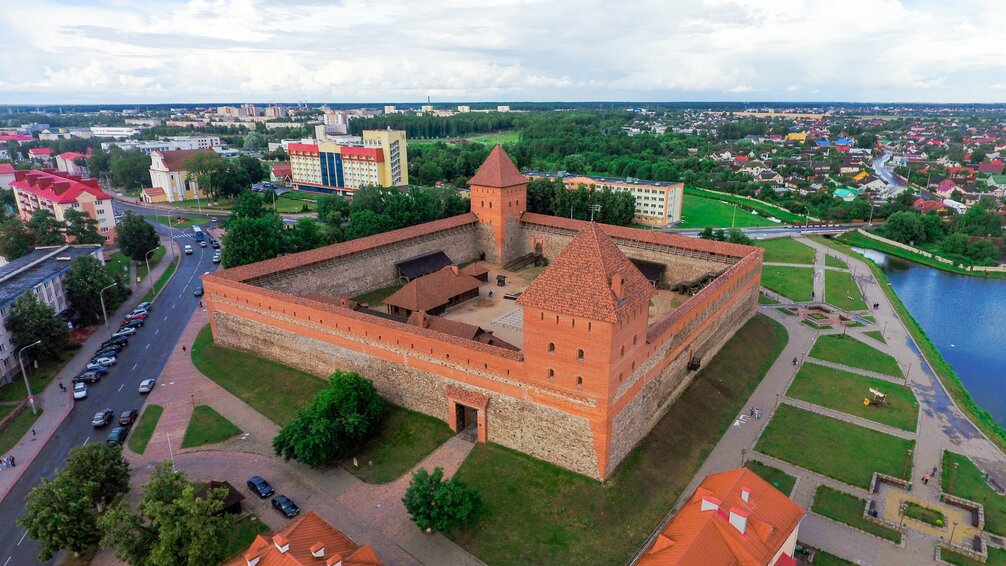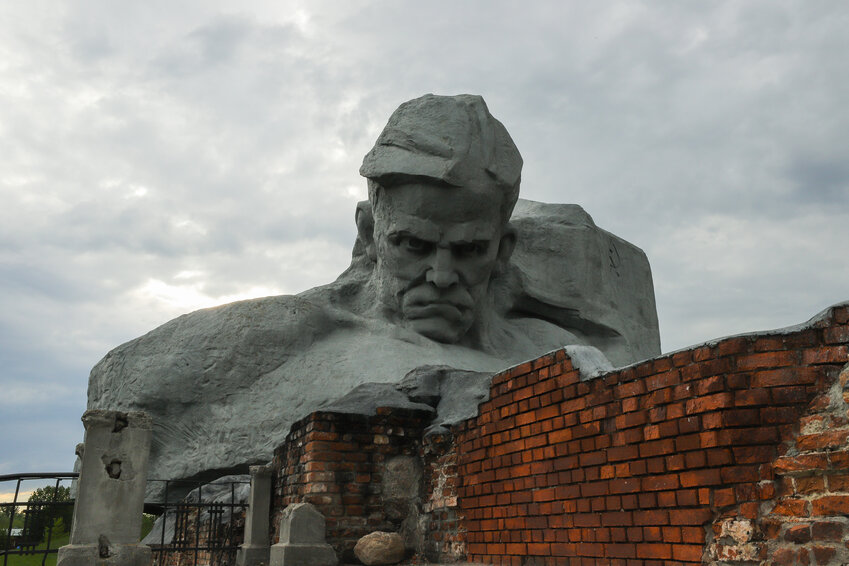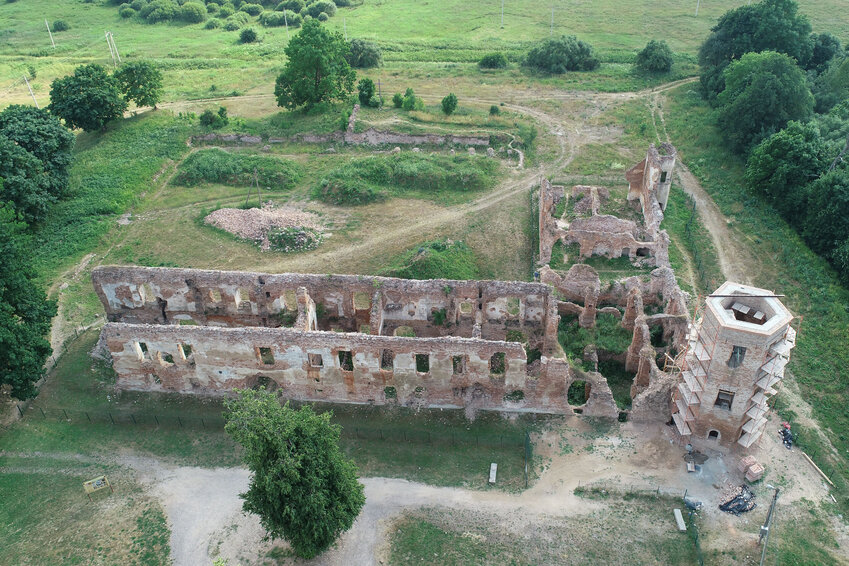Historical and Cultural Heritage
UNESCO World Cultural and Natural Heritage List features:
- Belovezhskaya Pushcha National Park as a natural monument (the date of inclusion – 1992);
- Mir Castle Complex in the town of Mir, Korelichi District, Grodno Oblast (2000);
- Architectural, Residential and Cultural Complex of the Radziwill Family at Nesvizh, Minsk Oblast (2005);
- Struve Geodetic Arc, Brest Oblast and Grodno Oblast (2005).
UNESCO List of Intangible Cultural Heritage in Need of Urgent Safeguarding incorporates:
- Rite of the Kalyady Tsars (Christmas Tsars) performed in the village of Semezhevo in Kopyl District, Minsk Oblast (the date of inclusion is 2009);
- Celebration of the Budslau Icon of Our Lady (Budslau Fest) in the town of Budslau in Myadel District, Minsk Oblast (2018);
- Spring Rite of Jurauski Karahod performed in the village of Pogost, Zhitkovichi District, Gomel Oblast (2019);
- Tree beekeeping culture (Lelchitsy District, Gomel Oblast) (2020);
- Straw weaving of Belarus: Art, craft, and skills (2022);
- Vytsinanka, the traditional art of paper cutting in Belarus (2024).
The most significant heritage (monuments of archeology, architecture and urban planning, history, art, intangible art (customs, traditions, rites) safeguarded by the state is featured in the State List of Historical and Cultural Values of the Republic of Belarus. Today it features 5,583 objects.
For example, heritage sites of global importance include the palace and park ensemble in Gomel (late 18th - 19th centuries), Sts Boris and Gleb (Kolozha) Church in Grodno (12th century), Augustow Canal in Grodno District (12th century), the fortified church in the village of Synkovichi in Zelva District (late 15th- early 16th centuries), the fortified church in the village of Murovanka, Shchuchin District (16th century), the former Jesuit monastery in Nesvizh (16th -19th centuries), Saint Sophia Cathedral (1044-1066, 1738-1750) and Savior Transfiguration Church in Polotsk (1044-1066), Roman-Catholic Church of St. John the Baptist in the village of Kamai, Postavy District (1603-1606), Brest Fortress fortifications (1836-1842, 1911-1914), Trinity Church with a bell tower in the agricultural town of Chernavchitsy, Brest District (1583), and Kamenets Tower in the town of Kamenets, Brest Oblast (13th century).
The country has been undertaking considerable efforts to restore, renovate and rehabilitate the historical and cultural heritage.
The sites commissioned after renovation and rehabilitation in recent years include the buildings of the Vitold Byalynitsky-Birulya Museum in Mogilev, Belarusfilm studio in Minsk, Dinamo Stadium in Minsk, the north-eastern tower of Lida Castle, Konstantin Zaslonov monument, Trostenets monument, the English garden and the Chinese gazebo in the former Oginski Palace, and Brest Fortress sites.
Large-scale repair and restoration works continue in the Palace of the Puslovskys in the town of Kossovo. The Sapieha Palace Complex in the town of Ruzhany is an important object of historical and cultural heritage, a tourist attraction. Conservation and renovation works are currently underway in the Old Castle in Grodno, the northern tower of Golshany Castle, and the palace and park complex in the village of Stviatsk in Grodno District.
In 2017-2019 the fund financed the projects to conserve and restore fragments of the castle in Krevo, to conserve and conduct fragmentary restoration of the ruins of the former Sapieha Castle in Golshany, to restore the Palace of the Puslovskys in Kossovo, Ivatsevichi District, to complete the overhaul of the former house of merchant Antoshkevich in the city of Mogilev, to restore the ancestral estate of Napoleon Orda in Krasny Dvor, Ivanovo District, Brest Oblast, to conserve the former Jesuit church in the town of Mstislavl, to restore the Paskevich chapel-tomb in Gomel, and to rehabilitate the frescoes in the Savior Transfiguration Church in Polotsk.
In 2020 the Republic of Belarus presided over the council of experts at the CIS reference organization in the field of preservation of world heritage. In 2020 the council of experts focused on coordinating the efforts of the CIS member states in popularizing outstanding art objects on the international arena.



